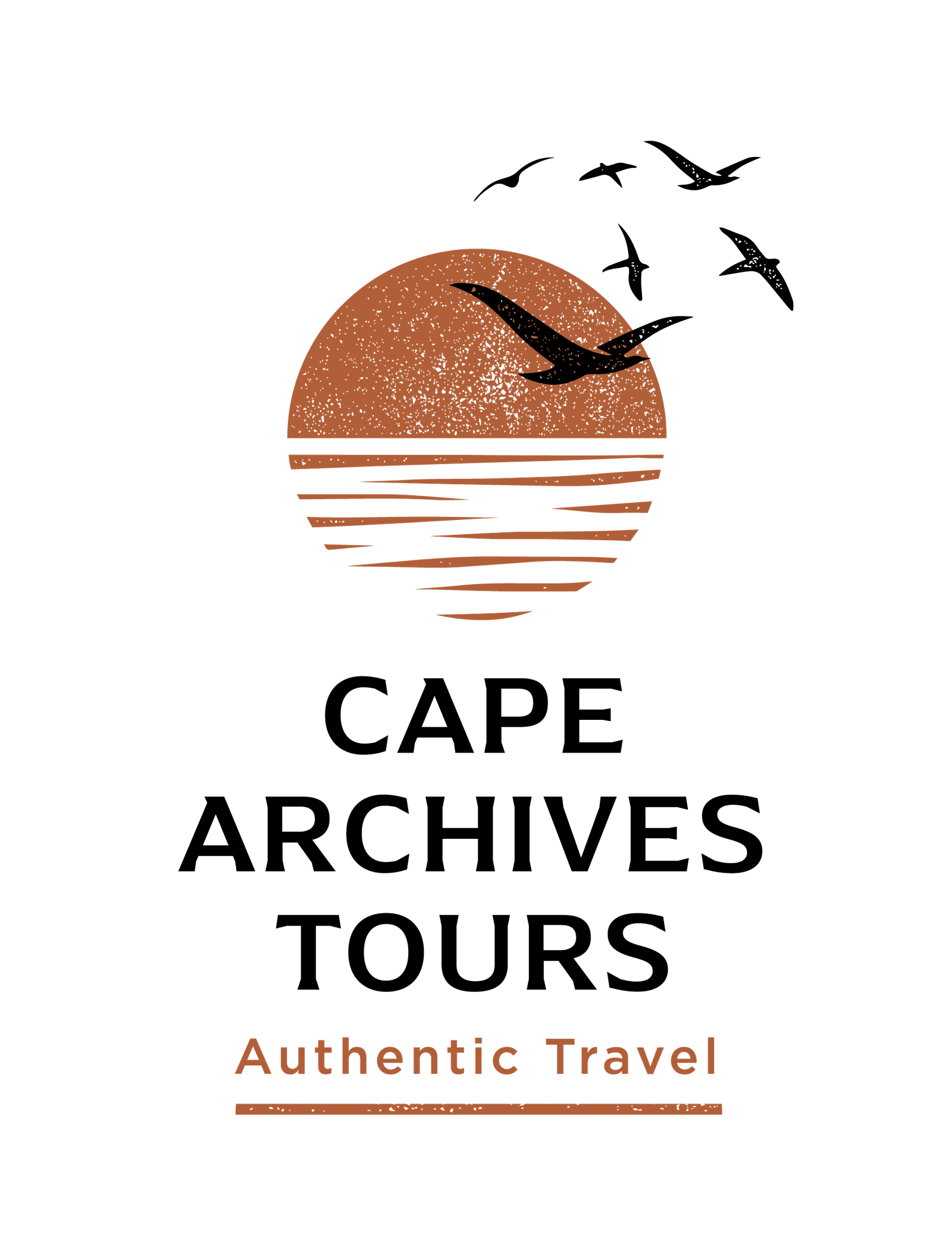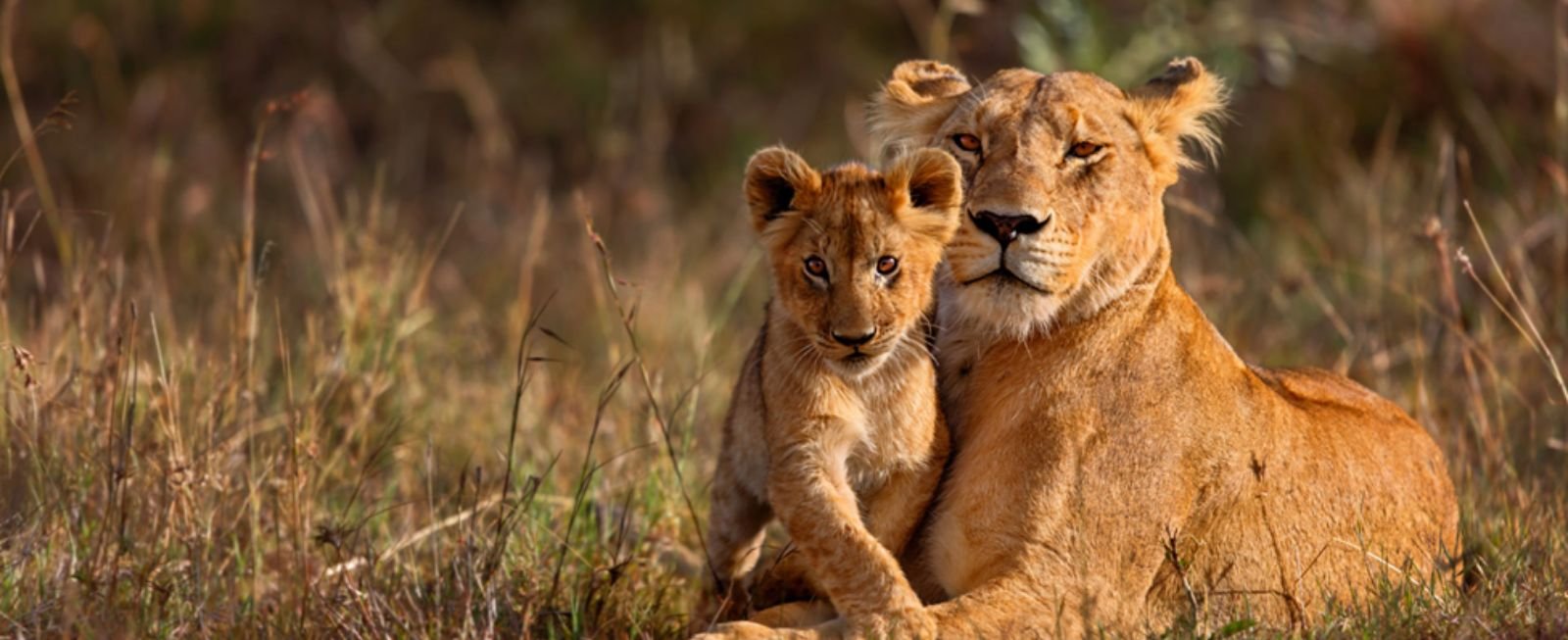Did you know Kruger National Park (KNP) is home to not only the “Big 5,” but several other species?
If we’re talking numbers, there are 336 types of trees, 49 fish, 34 amphibians, 114 reptiles, 507 birds and 147 mammals. In other words, 2 million hectares of land is a refuge and food source for diverse wildlife.
Why the global attraction to this large stretch of land in the Mpumalanga Lowveld? Firstly, Kruger is considered a premier wildlife destination, especially if you’re desperate to spot the “Big
5.” Stats from 2020 showed the park had an estimated 13,000 elephants, 40,000 buffalo and 2,000 lions.
Considered South Africa’s largest wildlife sanctuary, the public-entry game park has been lauded for its environmental management systems and policies, thanks to the unrivalled dedication of South African National Parks (SANParks) and hundreds of community volunteers.
If you’re a first-time visitor to the game reserve, here’s a list of things you need to know to have the safari experience of a lifetime.
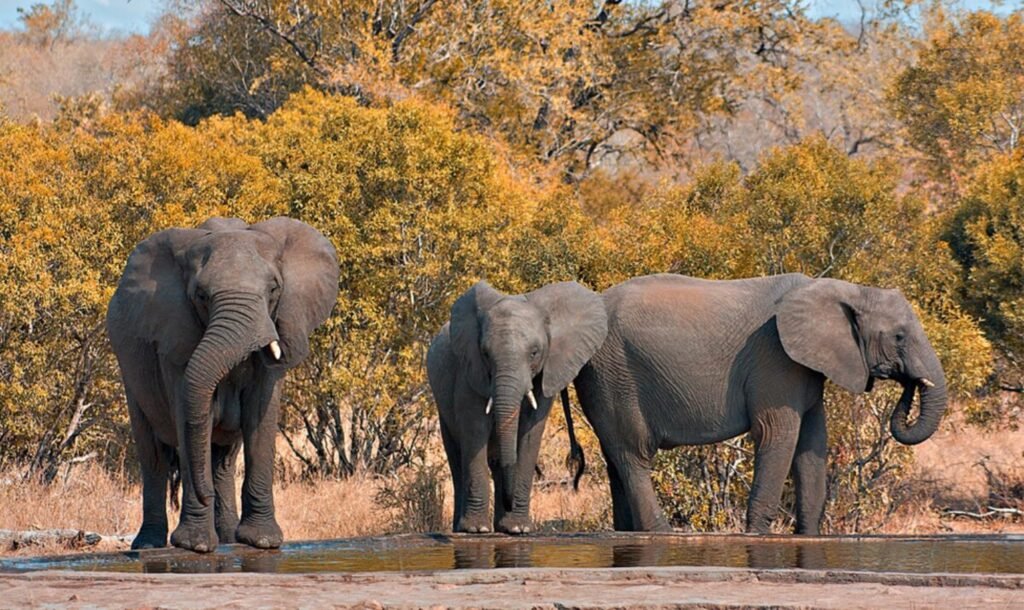
Pack the Essentials
It’s advisable to visit during the rainy season between October and April when the land turns a lush green and migratory birds are on full display. And when it rains, it’s baby-making season. Hopefully, you’ll be lucky enough to witness the birth of a calf.
Despite the cold, wet weather, mosquitoes are a nuisance, no matter the time of year. Bring with bug spray, a rain jacket, a warm coat, lots of water and snacks while on a game drive. Don’t forget your binoculars and a decent camera to capture those epic moments.
Self-Drive or Guided Tour?
Both these options have their positives. For instance, a self-drive gives you the freedom and flexibility to explore the park at your own pace and in your own time. A self-drive is also the cheapest of the two choices.
There are Entrance Gates on the southern, central and northern sides of the park. The roads are regularly maintained and in good condition. However, you should Download a Map onto your
device or phone on the off chance you get lost. Also, before entering, take note of the opening and closing times.
A guided tour on a safari vehicle may cost a bit more, but it affords you the luxury of sitting back, relaxing and enjoying the game drive.
Professional guides know the roads well and can take you to the best viewing sights. As far as safety is concerned, they’re equipped with riffles if some animals get too close for comfort.
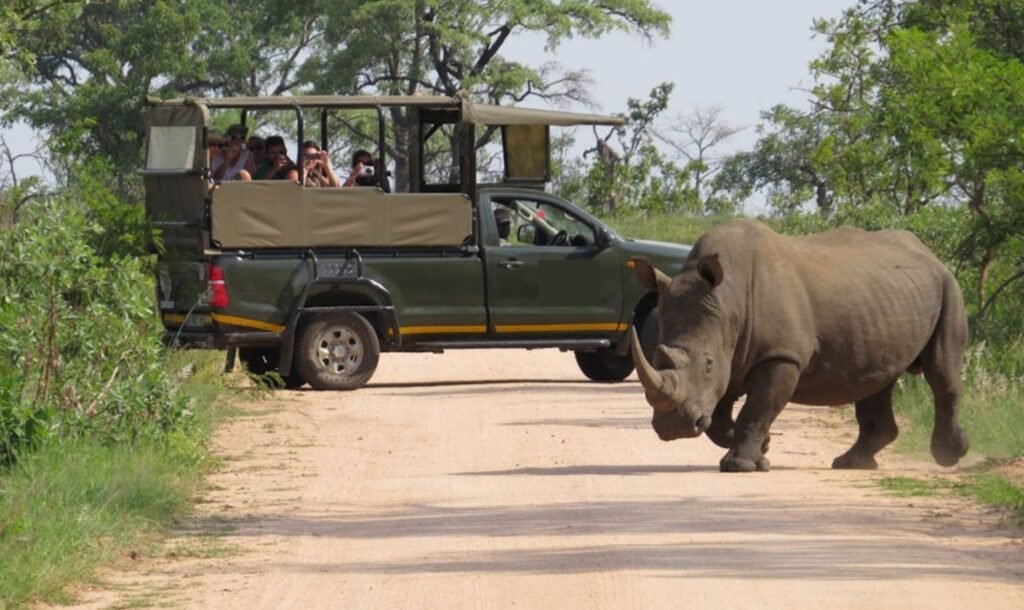
Best Viewing Spots
You’ll often hear tourists complain about not seeing much when visiting a game reserve.
The most exciting part was watching a few springboks skipping to the watering hole or vultures feasting on the last of a forgotten kill. What they want is a daring encounter with the mighty lion or to catch a glimpse of the elusive rhino.
Disappointment is part and parcel of a game drive. Sometimes you have to lower your expectations and think of it as a game of ‘Hide-and-Seek’.
As previously mentioned, winter provides the perfect cover for wildlife that gathers near the water. Places like watering holes, dams and rivers are the most likely spots to view game, either early morning or evening.
Below is a list of locations known for wildlife spotting:
- Lions – Skukuza-Satara tar road starts from the Sabie River Basin and into the grasslands
- Leopards – Skukuza to Lower Sabie Road follows the Sabie River into Skukuza. There are reportedly more leopards per square kilometre in this area than anywhere else in South Africa.
- Cheetahs, lions and hyenas – Lower Sabie to Tshokwane is one of the most scenic drives in Kruger National Park, offering unparalleled views of the eastern grasslands and Muntshe Hill.
- Rhino – You’ve hit the jackpot if you happen across these shy creatures. Take Voortrekker Road from Pretoriuskop to Afsaal where the sourveld provides ample grazing for white rhino and sable antelope.
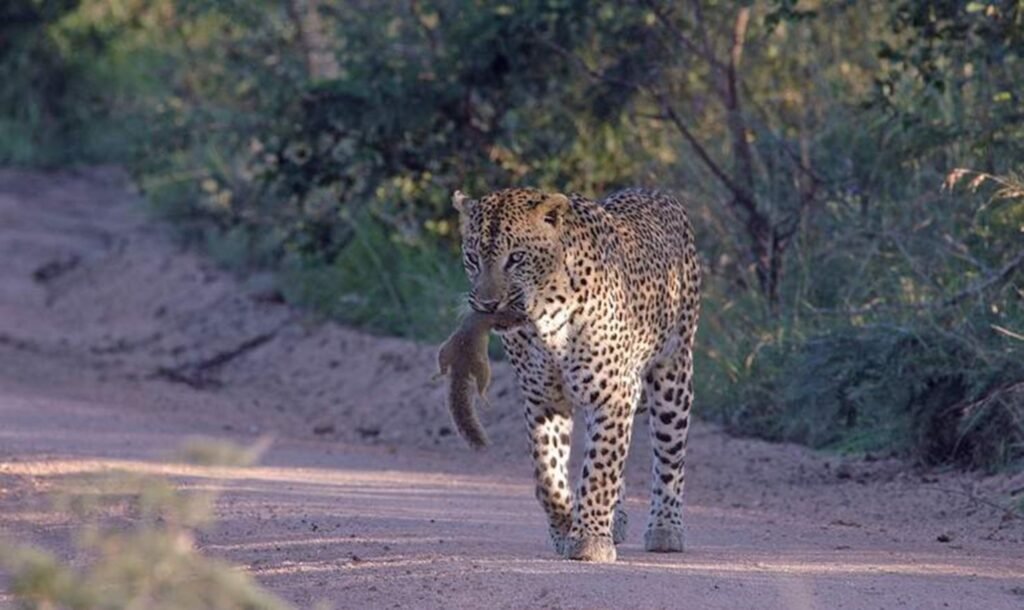
Play your Part in Conservation
With the animal kingdom constantly battling their dwindling habitat, so does Kruger National Park have to deal with poaching and threats of extinction.
Climate change and the international demand for ivory puts many endangered species at risk, hence the need for SANParks to partner with local conversation agencies.
To get an idea of the park’s conservation efforts, tourists are welcome to visit some of the initiatives and can offer a cash donation.
In addition, every visitor pays a conservation fee for every day spent inside Kruger National Park. These funds are used towards the upkeep of the reserve and conserve its natural and cultural heritage.
Immerse yourself in History
Yes, Kruger Park has big game sightings, but its cultural heritage is just as important. There are more than 250 recorded archaeological sites dating as far back as the Stone Age – about 1 million years ago. Sites that are currently open to the public are:
● Albasini Ruins
● Masorini Ruins
● Thulamela
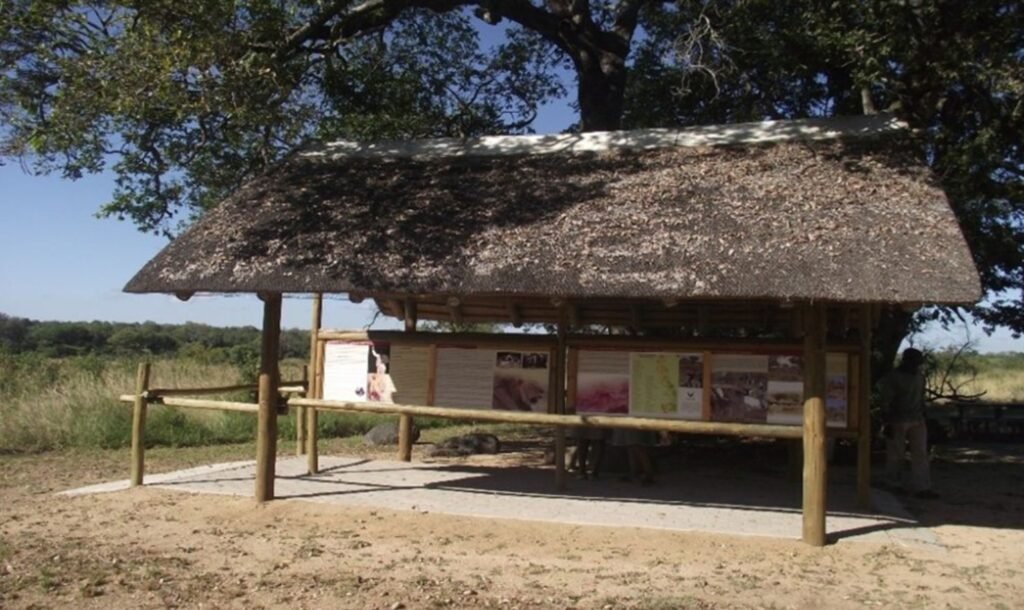
Whatever you Do, Don’t Break the Rules
Safety is of paramount importance; not only for visitors but wildlife as well. Passengers should stay in their vehicles at all times, including vehicle doors remaining closed and no protruding parts of the body.
Stay within the speed limit and off roads with “no entry” signs.
Just as you wouldn’t feed animals at a zoo, the same applies here. Wild animals can’t differentiate between litter and food, so leave nothing behind.
Lastly, stick to the gate closing times.
Roughing it or Luxury Stay?
Kruger National Park doesn’t fall short on accommodation types to suit all styles and budgets.
Visitors can choose from private game lodges which are within park boundaries. These offer inclusive game drives and luxury-tented camps. Animals often roam freely in this borderless state. Don’t be surprised if a giraffe waltzes past your verandah while enjoying your first cup of morning coffee.
Standard rest camps are on a self-catering basis and are preferred by those who want a rustic and budget-friendly holiday. Rest camp accommodation ranges from guesthouses to cottages and camping sites.
Planning a trip to Kruger National Park? Contact Cape Archives Tours for your memorable safari adventure.




